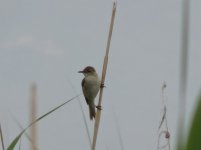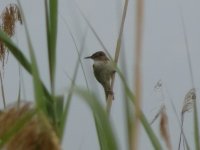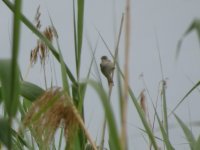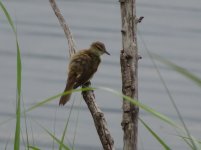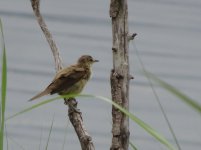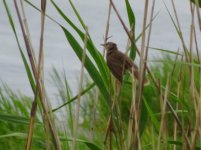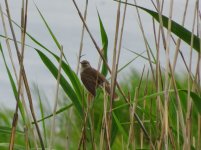Barbets48
Well-known member
Location: Dali Wetland Park, Yunnan China, in July
Multiple birds seen over the course of the day. Would appreciate help with these photos and sounds, as according to checklists from this location both Clamorous and Oriental Reed Warblers are present. Below are media from three different individual birds.
Bird #1: Photos 1-3 and the audio clip (MP3) are the same bird.
Bird #2: Photos 4-6 are a different bird. The video clip (MP4) is also this bird.
Bird #3: Photos 7-8 are a third bird.
There seems to be so much variability to plumage looking through each species' photos in eBird, so would appreciate any help for ID.
Mike
Multiple birds seen over the course of the day. Would appreciate help with these photos and sounds, as according to checklists from this location both Clamorous and Oriental Reed Warblers are present. Below are media from three different individual birds.
Bird #1: Photos 1-3 and the audio clip (MP3) are the same bird.
Bird #2: Photos 4-6 are a different bird. The video clip (MP4) is also this bird.
Bird #3: Photos 7-8 are a third bird.
There seems to be so much variability to plumage looking through each species' photos in eBird, so would appreciate any help for ID.
Mike




